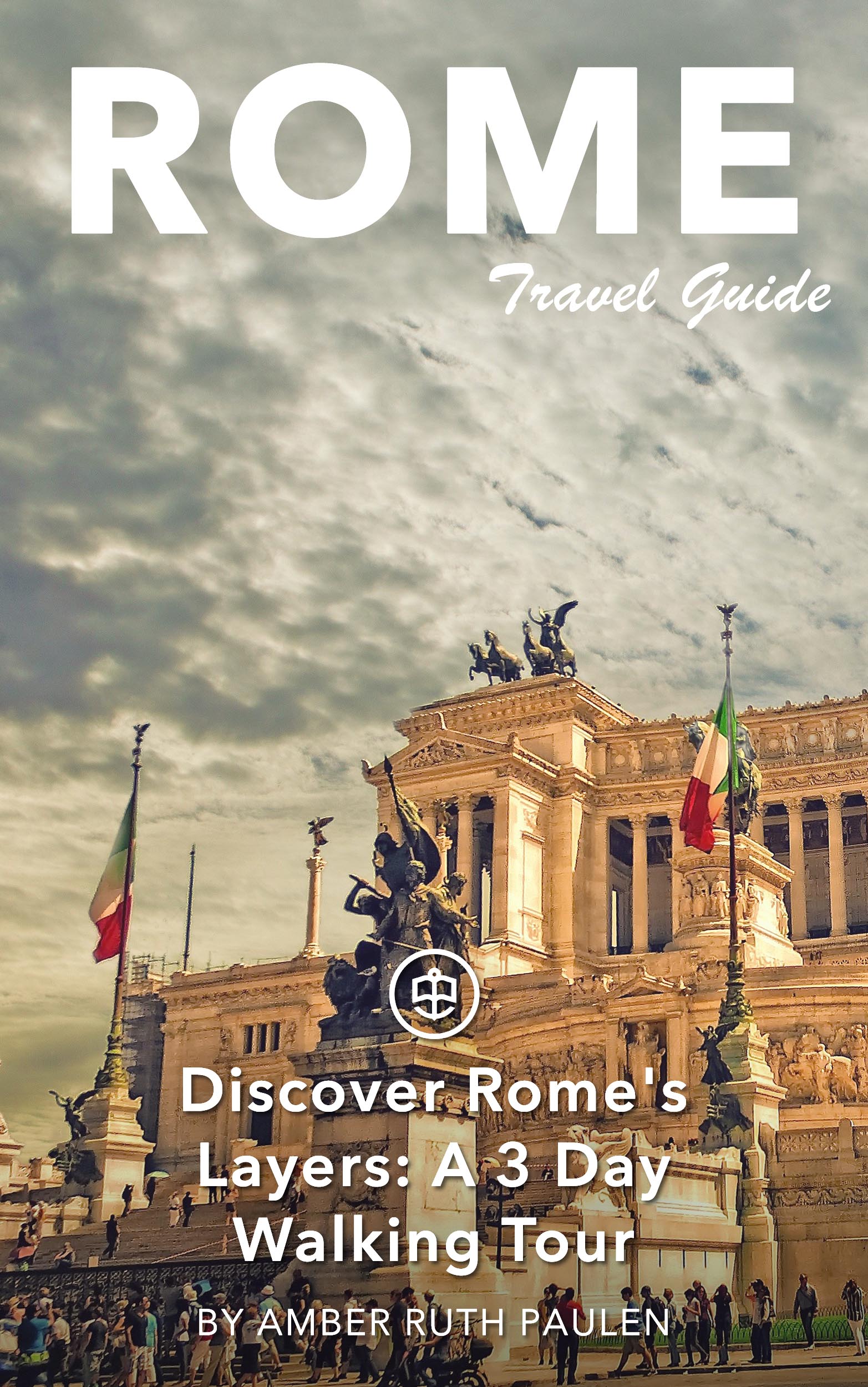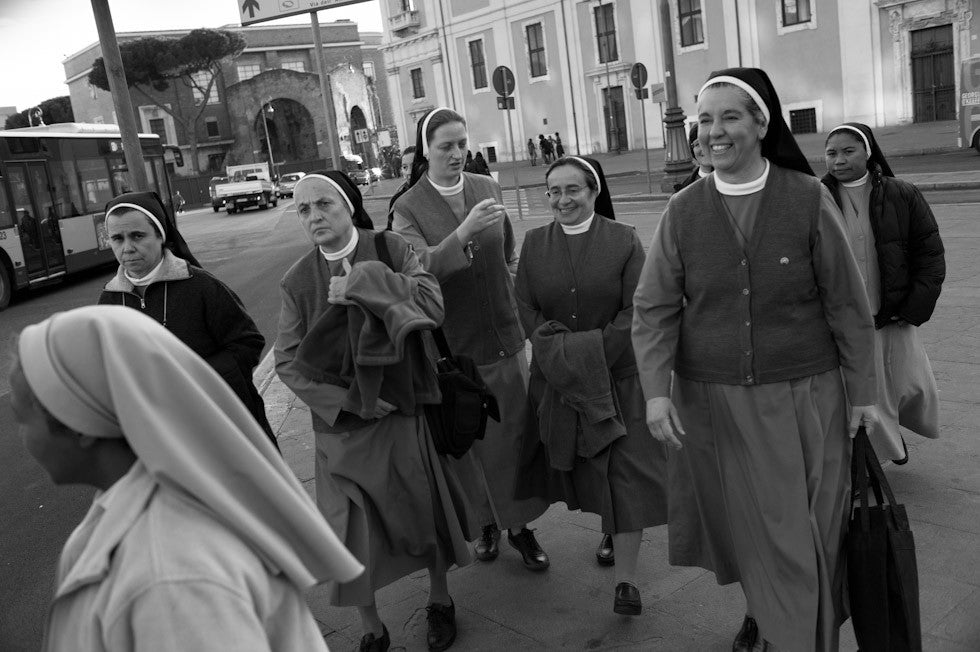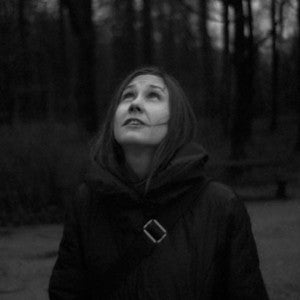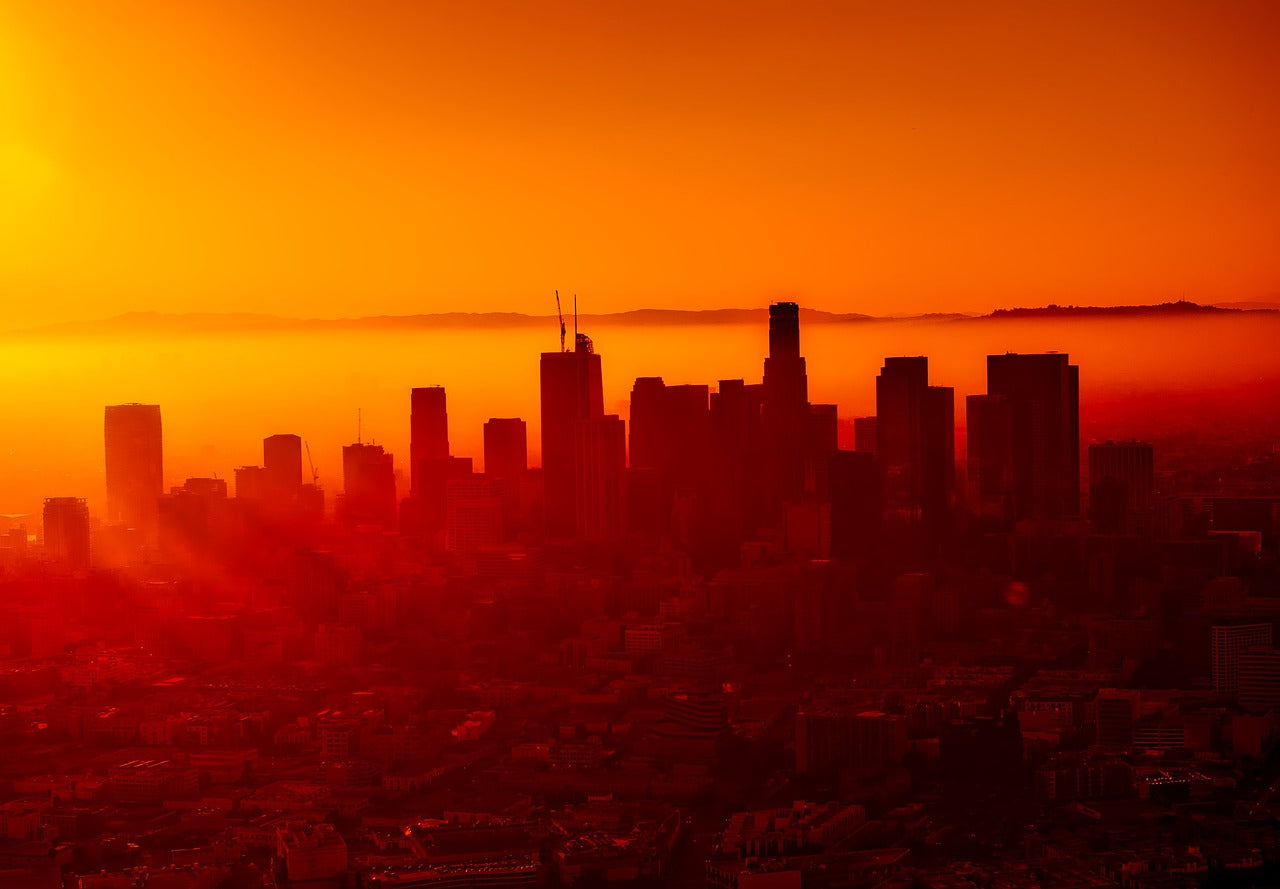You already know that Rome is fascinating. After all, that's why you're going to the Eternal City for the first time or making a return trip. But perhaps you've been wondering how to get below Rome's tourist facade while still visiting its monumental works of art and architecture. If you want to experience the chaos and beauty of Rome, to discover delicious restaurants and tranquil parks and churches like a local, then this tour is for you!
Above and below ground the city pushes its boundaries. Nowhere else in the world does Classical exist side-by-side and layer-above-layer with Medieval, Renaissance, Baroque, and remnants of Fascism with a similar poignancy. Round a corner and an aesthetic climax is somehow surpassed by another monument or church or fresco. Rome's layers of art and architecture are best seen walking. For this three day tour I've chosen to walk you through some of Rome's most notables—such as the Colosseum and the Trevi Fountain—and the lesser known—restaurants, frescoes and streets—to unveil an unforgettable Rome.
This tour includes:
- The Colosseum
- Under Basilica San Clemente
- Via Fori Imperiali
- Piazza Navona
- Frescoes by Filippino Lippi
- The Vatican Museums
- A climb to St. Peter's Cupola
- A detailed breakdown of what to order at Roman restaurants
- Lots of restaurant suggestions listed throughout the tour and in the Appendix
- Plus much more, like parks, canvases, churches and fountains...
And here is a sample (Please note that the itinerary has maps and photos that are not included below):
Lunch Time!
[Map to restaurants]
Undoubtably, walking through the Vatican Museums has stimulated your appetite. There are several good restaurants in this area.
A mid-range restaurant is Spinosi Alberto on Via del Mascherino, 60. Keep following the Vatican walls around to the left, turn left on Borgo Vittorio, then right on Via del Mascherino. You should not go to Spinosi Alberto if you're not up for a little adventure. The owners, a husband wife team, are Alberto and Graziella. They often shout at each other and to the kitchen. They are notoriously bad at giving a menu and I've seen more than one tourist get pushed into ordering more than what they think they're getting. The pastas are abundant and rich. My favorite is the bruschetta that is a meal in itself, complete with balls of mozzarella, tomatoes, salad, and when in season, artichokes. If you're willing to argue for what you want to eat, Spinosi Alberto can make for an unforgettable Roman lunch experience.
But for a more refined and tranquil lunch head to Il Matriciano on Via dei Gracchi, 55. Pass through Piazza del Risorgimento, keeping to the left. Turn left on Via Ottiviano, then take the first right on Via dei Gracchi. The last time I was here the waiter showed us pictures of himself and Woody Allen, who apparently ate here the summer he was filming To Rome With Love. All pastas and meats are tasty.
St. Peter's Basilica
[Photo of St. Peter's Basilica]
Through it's early history in Rome the religious sect known as Christianity simultaneously grew and suffered waves of persecution. In 64 CE, St. Peter was crucified by the intolerant Emperor Nero in his stadium located near the Vatican Hill. The turning point for the religion came 250 years later when the Emperor Constantine won the battle of the Milvian Bridge. He fought under the banner of his new Christian faith. To commemorate the saint known for founding the Church, the Emperor built a church above the saint's grave that had been a place of worship since his death.
The present basilica was begun during the Late Renaissance under Pope Julius II, according to a plan by the architect Donato Bramante. After many architects and plans, the Basilica was completed in 1590. The elaborately marbled interior seems to expand into space. Be sure to catch Michelangelo's Pietà on the right on your way in, a masterpiece of the Renaissance.
There are also many Baroque touches at St. Peter's. The colonnade that embraces Piazza di San Pietro was designed by Bernini in the mid 1600s. Bernini further enriched the decorations inside the basilica: the bronze baldacchino that stands in the center of the transept, as well as the dazzling Cathedra at far end in the apse.
The most recent addition to the Basilica is the casket of Pope John Paul II, to the right after the Pietà.
Want to know more?
Over my five years in Rome I've walked countless family and friends through this tour on their short visits, and they have left the city pleased and wishing to return again and again. If you have any questions, my email address is provided at the end of the itinerary. I hope you enjoy your trip to Rome!
Image © Simon Griffee




